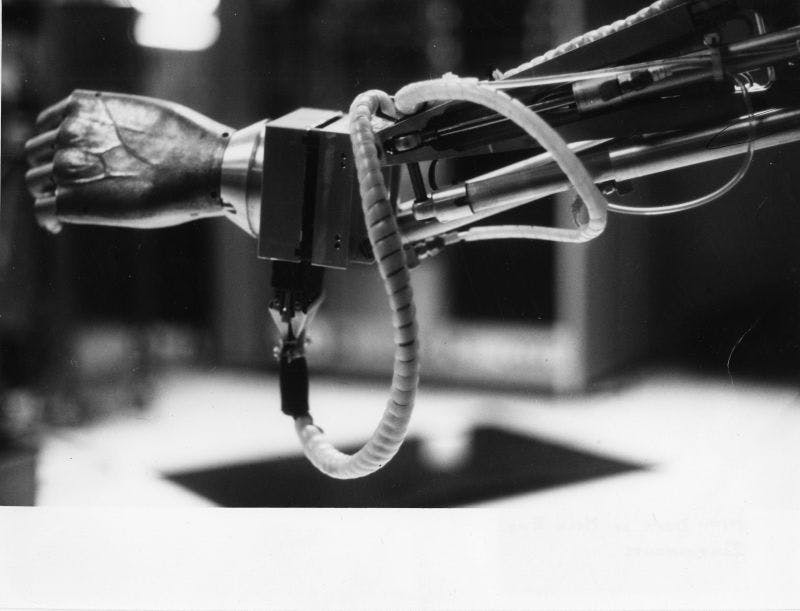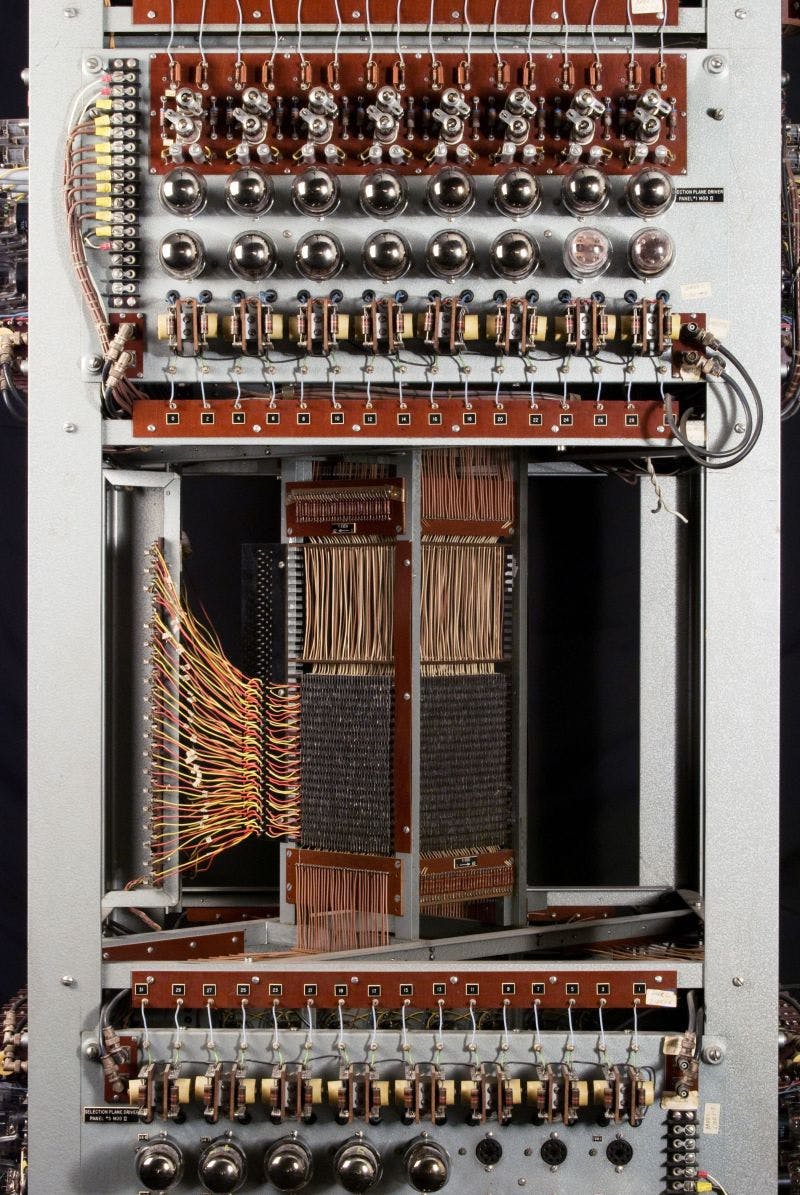
Whirlwind Core Memory Unit

Description
Whirlwind not only was the first digital computer able to operate in real-time, but also was the first digital computer at MIT. During WWII, the U.S. Navy asked MIT for help in designing a universal flight simulator that used an analog electromechanical computing system. Gordon Brown, head of MIT's Servomechanism Lab, thought this was just the problem to keep his brilliant young assistant director Jay Forrester at MIT. In the course of the preliminary work, the MIT team went to see the new ENIAC computer at the University of Pennsylvania. Immediately, the project shifted to the creation of a digital computer. As the project unfolded, there were many challenges, chief among them: How to make the computer operate in real-time? The breakthrough came with Forrester's idea for a three-dimensional array of magnetic cores that revolutionized the machine's performance. With the success came the creation of Lincoln Laboratory to turn Whirlwind into SAGE, a computer and radar-based air defense system. Whirlwind also created one of the most influential computer communities in the world. Venerated as "Bright Boys" (and a few "Bright Girls"!), Whirlwind alumni/ae have founded countless companies and have made numerous innovations in technology and software. [MIT 150 Exhibition label text]




